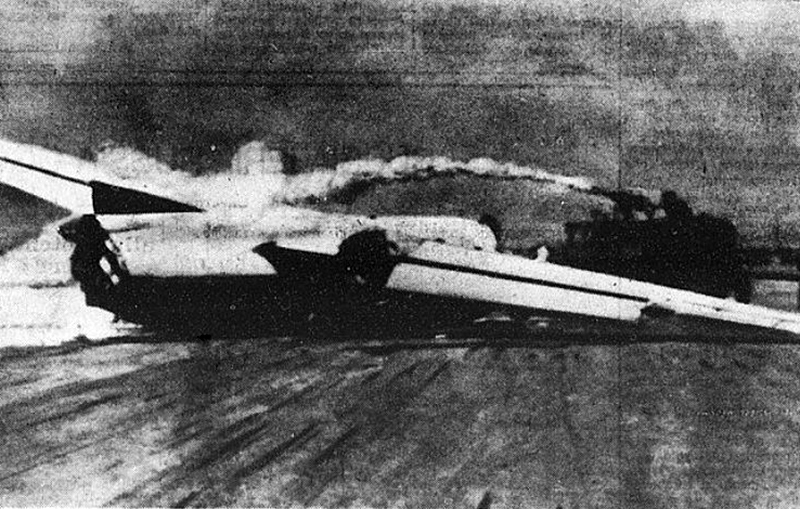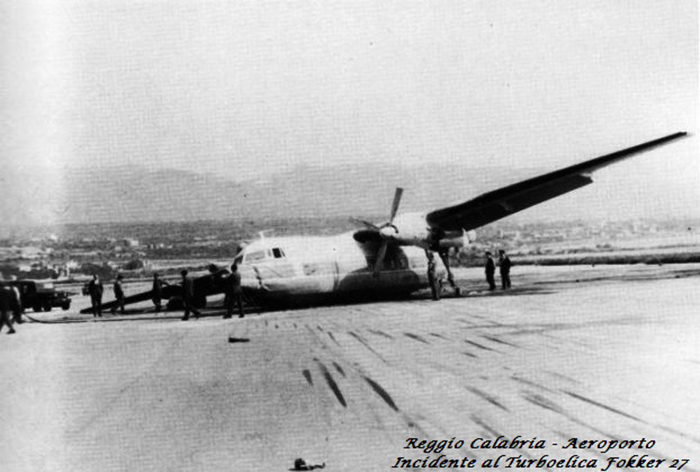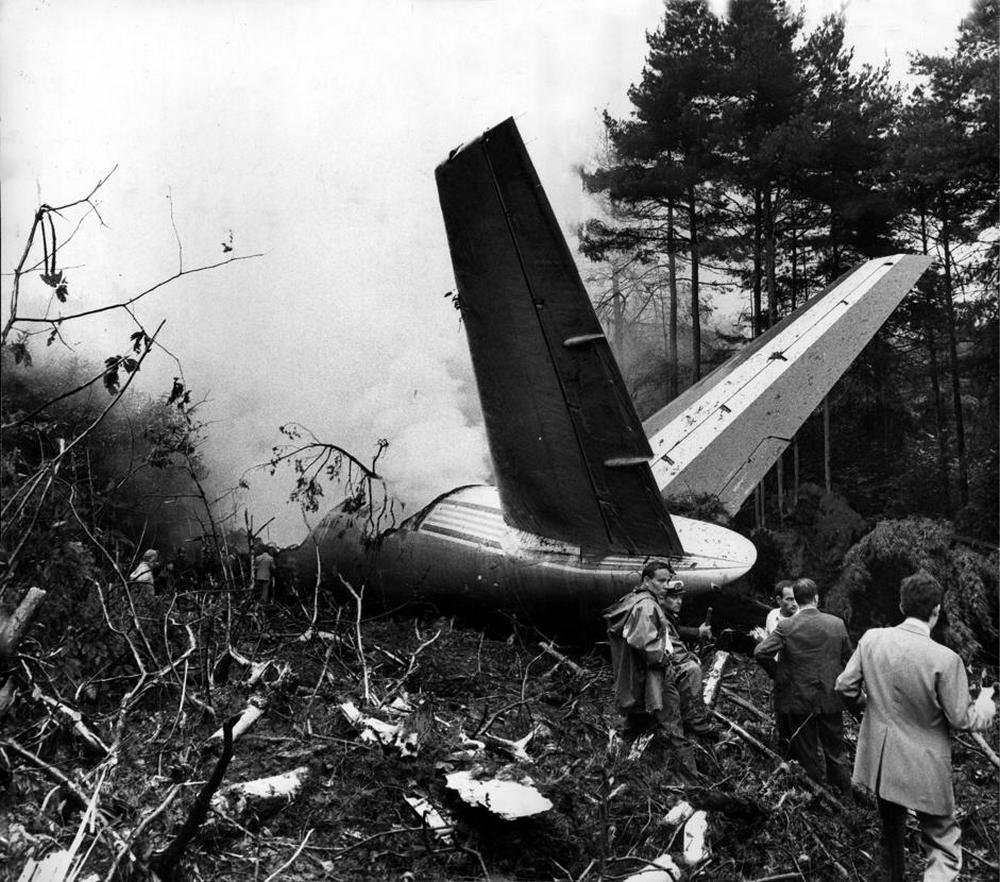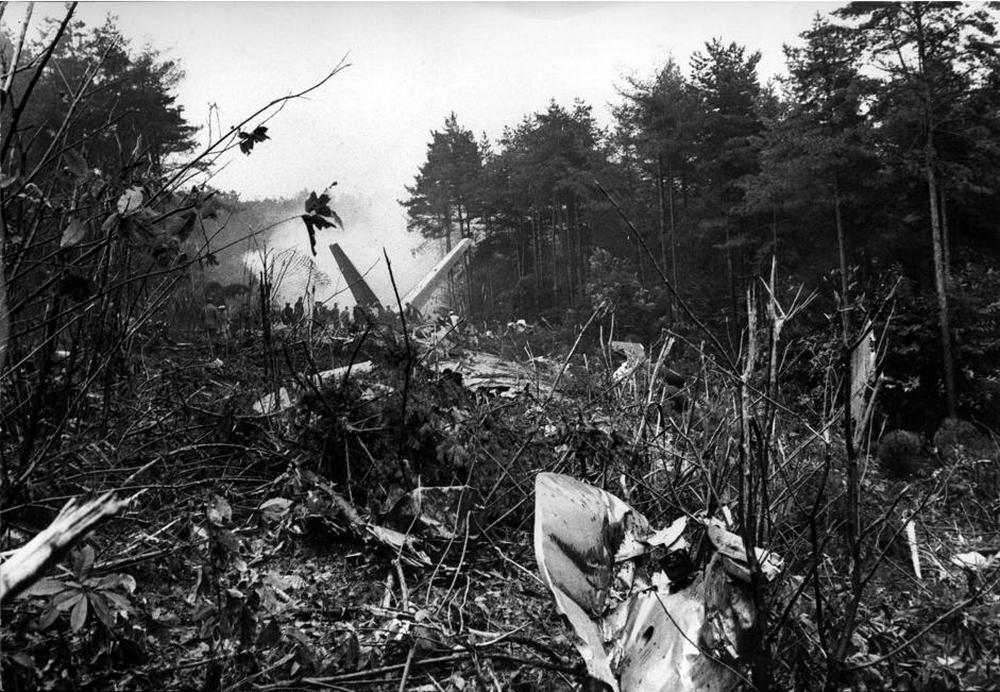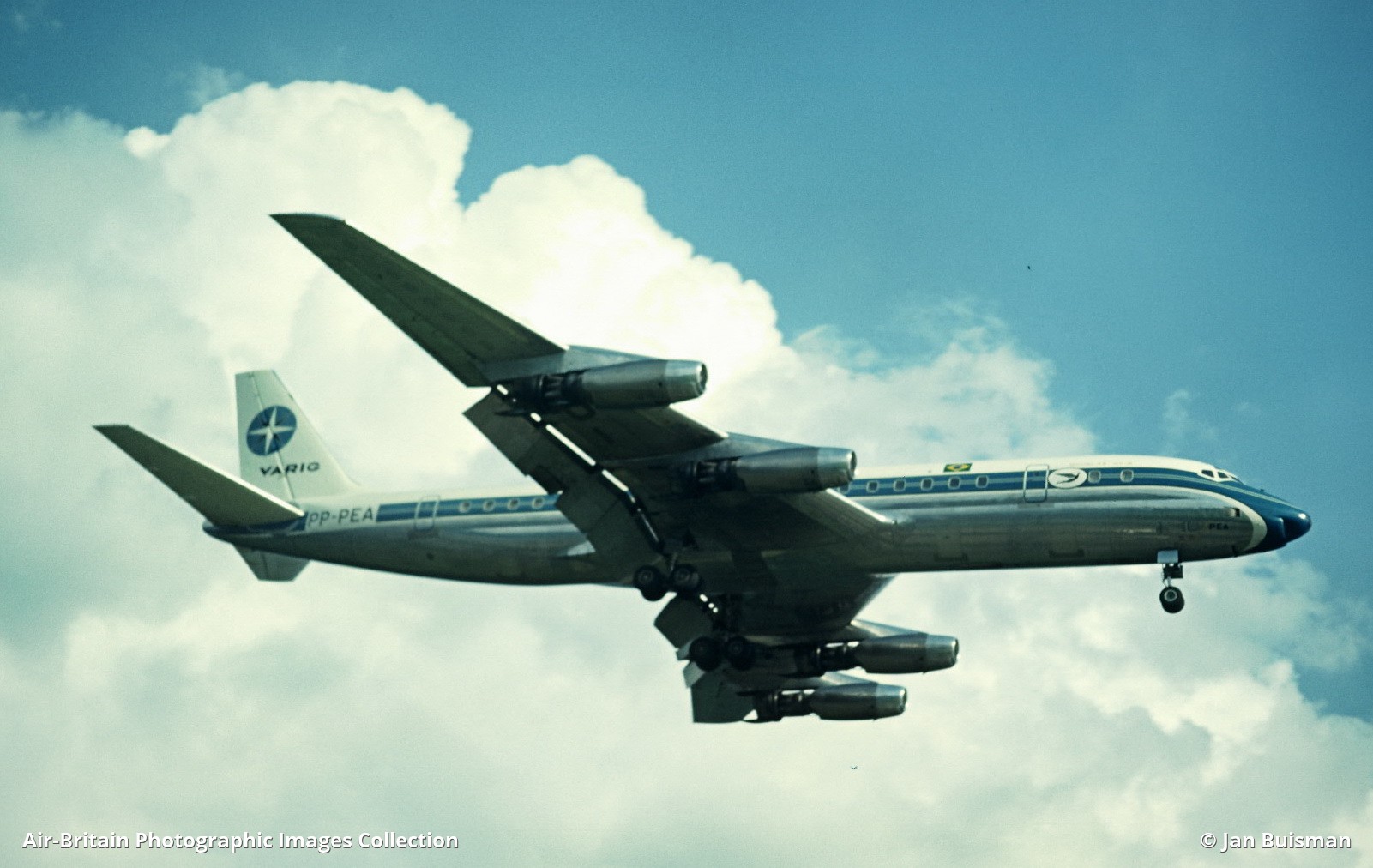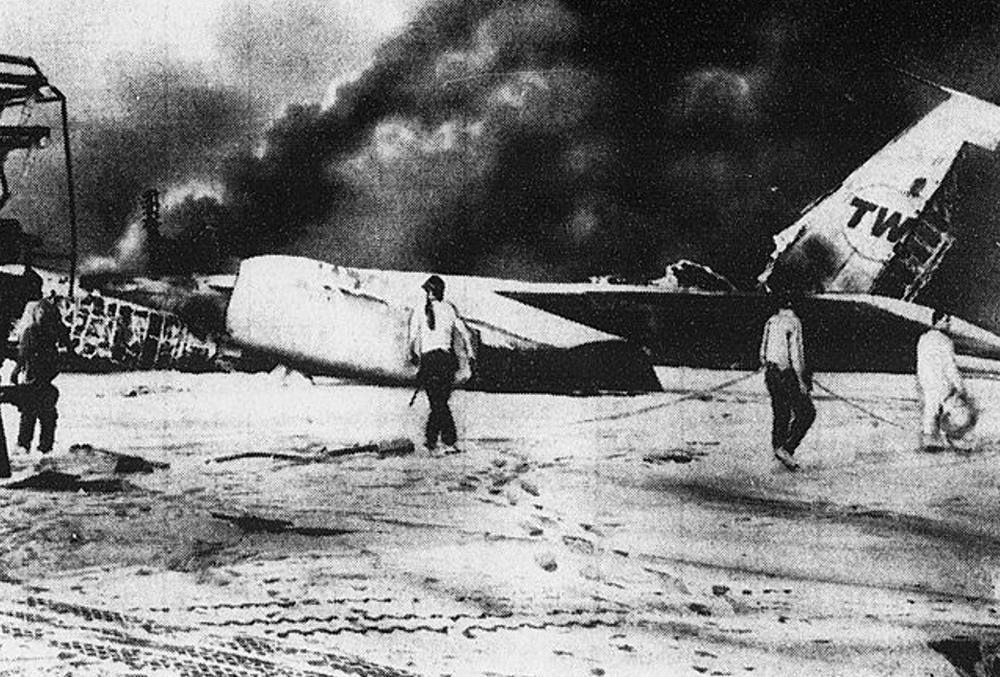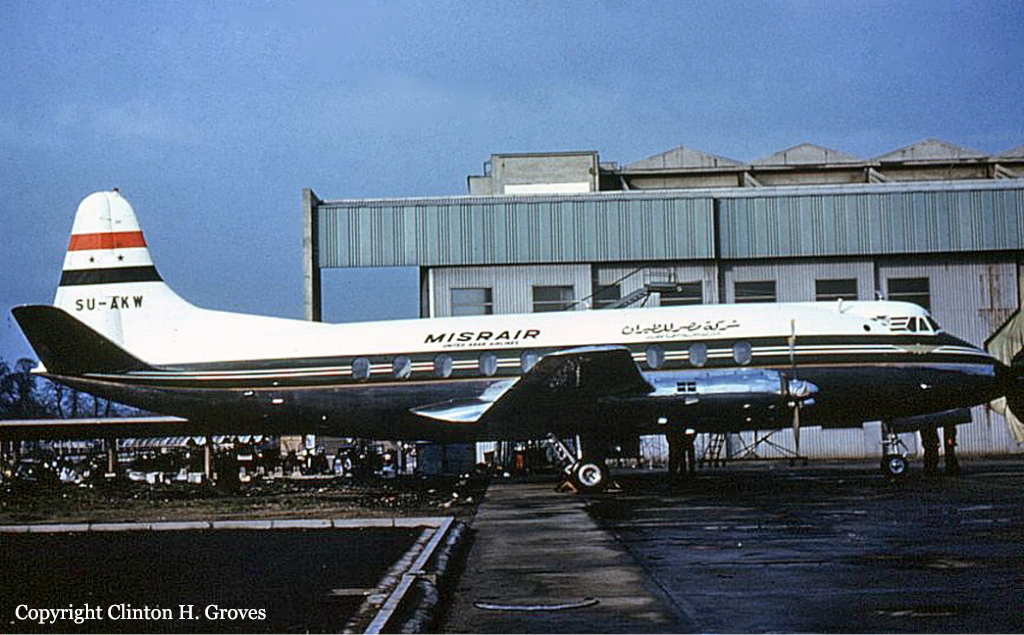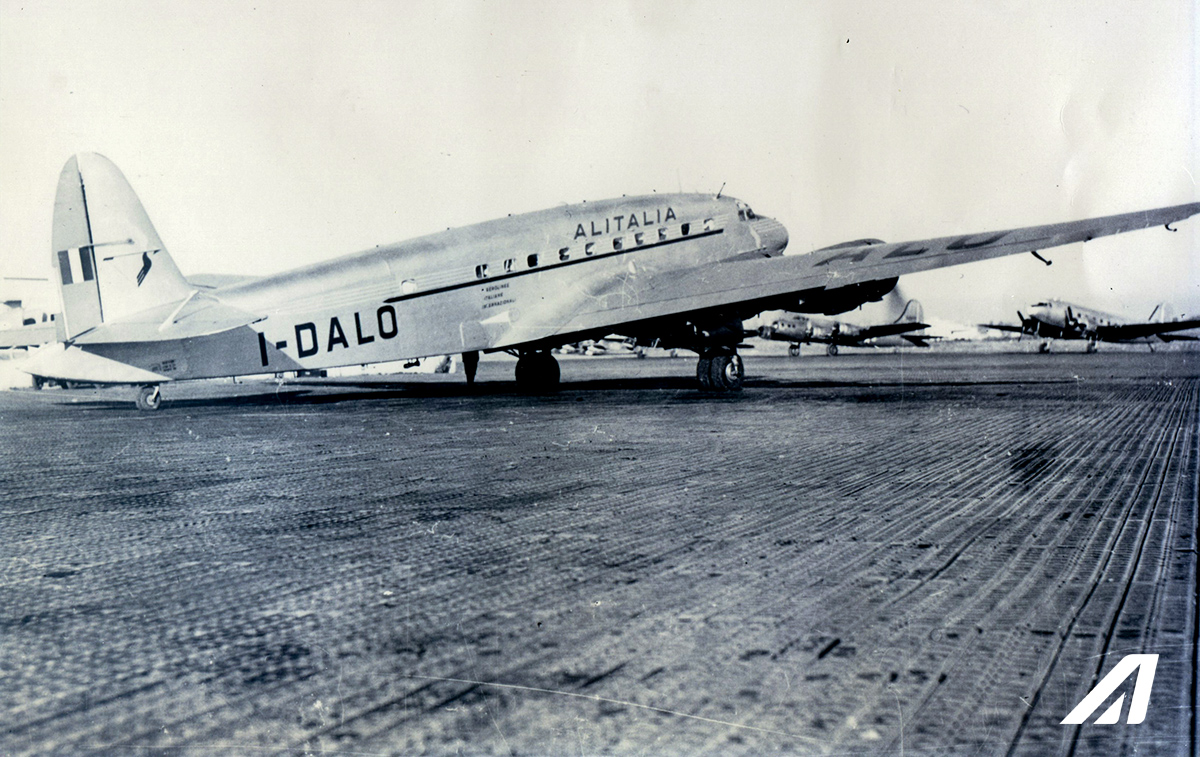Crash of a Sud-Est Aviation SE-210 Caravelle VI-N in Marseille
Date & Time:
Aug 2, 1969 at 1436 LT
Registration:
I-DABF
Survivors:
Yes
Schedule:
Rome – Marseille
MSN:
179
YOM:
1965
Flight number:
AZ342
Crew on board:
8
Crew fatalities:
Pax on board:
37
Pax fatalities:
Other fatalities:
Total fatalities:
0
Captain / Total hours on type:
4193.00
Copilot / Total hours on type:
1500
Aircraft flight hours:
11848
Circumstances:
Following an uneventful flight from Rome-Fiumicino, the crew started the approach to runway 32 at Marseille-Marignane Airport and calculated the approach speed to be 120 knots. Following a wrong approach configuration and several errors, the crew continued the approach at a speed of 183 knots, causing the aircraft to land too far down the runway, nose gear first. Upon touchdown, the captain released the tailchute that burst immediately due to high speed. Unable to stop within the remaining distance, the airplane overran and eventually crashed in the Etang de Berre. The wreckage sank by a depth of four meter and all 44 occupants were quickly rescued, four of them were injured.
Photo via https://www.azfleet.info/
Photo via https://www.azfleet.info/
Probable cause:
The committee believes that the accident resulted initially from an incorrect procedure for the approach, bringing the plane in contact with the runway at abnormally high speed (more than 60 knots over the normal speed calculated and known by the pilot). This situation was further aggravated by the release of the parachute at an excessive speed and due to an inappropriate use of the emergency brake.
Final Report:





